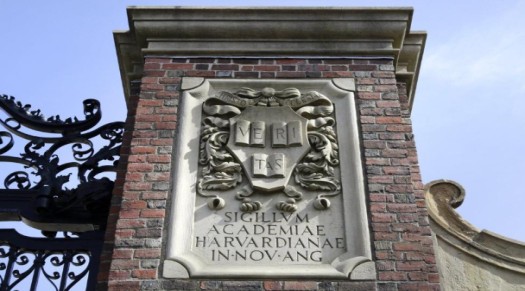
On January 15, 2025, China’s Experimental Advanced Superconducting Tokamak (EAST) nuclear fusion reactor made headlines with its latest development. Getty Images
China’s "artificial sun" reactor has made an important breakthrough in nuclear fusion, a step forward on the journey to a nearly limitless, clean energy source. The Experimental Advanced Superconducting Tokamak (EAST) reactor set a new world record by sustaining a super-hot plasma loop for 1,066 seconds on January 20, more than doubling its previous record of 403 seconds. This achievement marks a significant milestone in nuclear fusion development.
Nuclear fusion reactors are often referred to as "artificial suns" because they generate energy in a way similar to the sun. In the sun, energy is created by fusing two light atoms into one heavier atom under extreme heat and pressure. While Earth's reactors cannot replicate the sun's immense pressure, they reach temperatures much higher than the sun’s to achieve fusion. This process holds great promise for generating clean energy without the harmful greenhouse gases or nuclear waste associated with other energy sources.
While fusion power holds the potential for almost unlimited clean energy, achieving it has proven incredibly challenging. Scientists have been working on fusion technology for over 70 years, and while they are optimistic about a breakthrough in the coming decades, fusion remains out of reach for practical use at this moment. Despite this, EAST’s new record demonstrates steady progress in the effort to develop fusion power plants in the future.
EAST is a type of magnetic confinement reactor, or tokamak, designed to keep the plasma — a highly energized state of matter — contained and burning for extended periods. Although reactors like EAST have not yet achieved "ignition," the point at which fusion creates and sustains its own energy, this new record is a crucial step in the right direction. By maintaining prolonged plasma loops, future reactors will be able to generate electricity.
"A fusion device must achieve stable operation at high efficiency for thousands of seconds to enable the self-sustaining circulation of plasma, which is critical for the continuous power generation of future fusion plants," explained Song Yuntao, director of the Institute of Plasma Physics, which oversees the fusion project at the Chinese Academy of Sciences.
EAST’s achievement comes at a time when other fusion reactors around the world are also making progress. While EAST has broken records, these reactors still consume more energy than they produce. For example, in 2022, the U.S. National Ignition Facility’s fusion reactor briefly achieved ignition but still used more energy than it generated.
Tokamaks like EAST work by heating plasma and trapping it inside a doughnut-shaped chamber using powerful magnetic fields. To achieve this latest record, researchers made several upgrades to the reactor, including increasing the power of its heating system.
This breakthrough will not only help China but also contribute to the global development of fusion energy. China is involved in the International Thermonuclear Experimental Reactor (ITER) program, which includes nations like the U.S., the U.K., Japan, South Korea, and Russia. The ITER project, currently under construction in southern France, is set to begin firing up in 2039 and will be a major tool for advancing fusion research.
"We hope to expand international collaboration via EAST and bring fusion energy into practical use for humanity," said Song Yuntao.
While fusion energy is still some years away from being a reliable power source, this recent achievement is a major step forward, bringing the world closer to unlocking the potential of clean and sustainable energy for the future.















